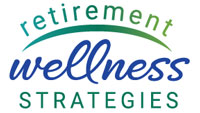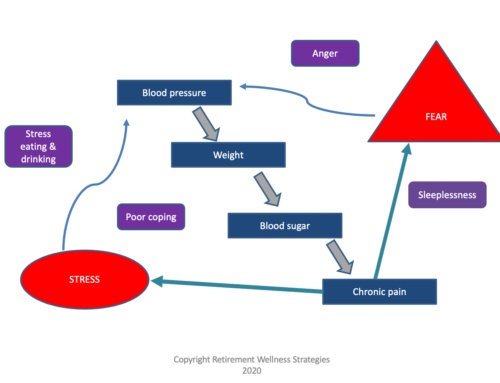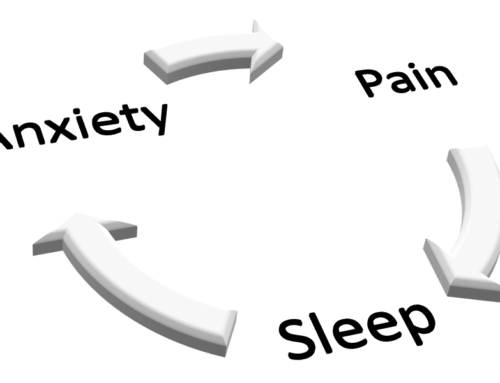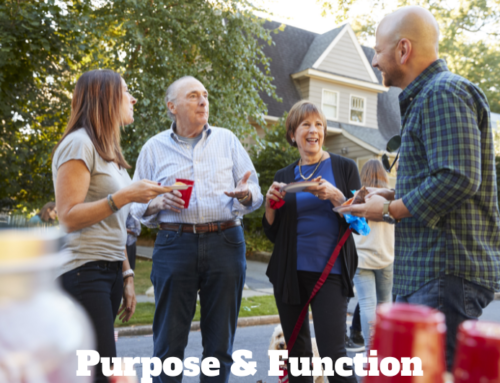
Be proactive to prevent falls that could change your future.
I have been talking with a lot of groups and individuals about ways to prevent falls. Falls come out of nowhere most of the time. You don’t even think about them until they happen.
According to data from the Centers for Disease Control, there are over 2.8 million older adults seen in the emergency department for falls every year! Yes, 2.8 million!!! And these are not always the obvious people who can just look at and tell they could easily fall. Many would consider themselves health, active, and not at risk.
You CAN determine your risks and take action now to lower them.
So, how do you determine if you have this falls risk?
The Center for Disease Control tackled that question and developed the Stopping Elderly Accidents, Deaths, and Injuries. They created a toolkit with several resources. Some of the resources are for your doctor or other healthcare provider. Others are for YOU to help find and minimize your personal risks.
You can find access to these tools on our Meds MASH website. Or you can follow this link: https://www.cdc.gov/steadi/patient.html. You will find information about falls, how often they happen, and many of the risk factors. You will also find tools to help you assess yourself and your home.
I especially encourage you to complete the Check for Safety checklist. It has you walk room to room through your house looking for specific risk factors. It also has several tips to help you avoid falls.
Next, I encourage you to complete the Stay Independent checklist. This will ask you a series of 12 questions. You will answer each with a ‘Yes’ or a ‘No’. Then, take this list with you to your next doctor’s appointment. This will help you to have a very focused talk with your doctor about ways to minimize your falls risk.
Finally, read the What You Can Do to Prevent Falls brochure. This will give you even more tips to help you avoid a fall.
What can you do to lower your falls risk?
There are four different assessments in the toolkit that your doctor can use to better understand how to help you decrease your risks. One of these you can do yourself.
It is called a Chair Rise Exercise. It can help you gain strength in your thighs and buttocks. This will help you be more stable when you walk. Here are the instructions from the CDC STEADI guide:
How to do it:
- Sit toward the front of a sturdy chair with your knees bent & feet flat on the floor, shoulder-width apart.
- Rest your hands lightly on the seat on either side of you, keeping your back & neck straight & chest slightly forward.
- Breathe in slowly. Lean forward & feel your weight on the front of your feet.
- Breathe out & slowly stand up, using your hands as little as possible.
- Pause for a full breath in & out.
- Breathe in as you slowly sit down. Do not let yourself collapse back down into the chair. Rather, control your lowering as much as possible.
- Breathe out.
What about medications?
There are so many medications that can increase your risk for falls. That’s one of our specialties at Meds MASH. We can take a thorough look at all of your prescribed medicines, your over-the-counter medicines, your vitamins, your herbal medicines, and any other substances. Even the doses you take, your kidney function, and your liver function will be assessed. We will also look at the timing of your medicines and your diet. All of these things work together to impact your falls risk.
For more information contact us at www.medsmash.com and 410-472-5078.
For more application, check out my personal blog.
Image source: National Library of Medicine, National Institutes of Health, United States Department of Health and Human Services





